Juan Brenner

Nueva Estetica
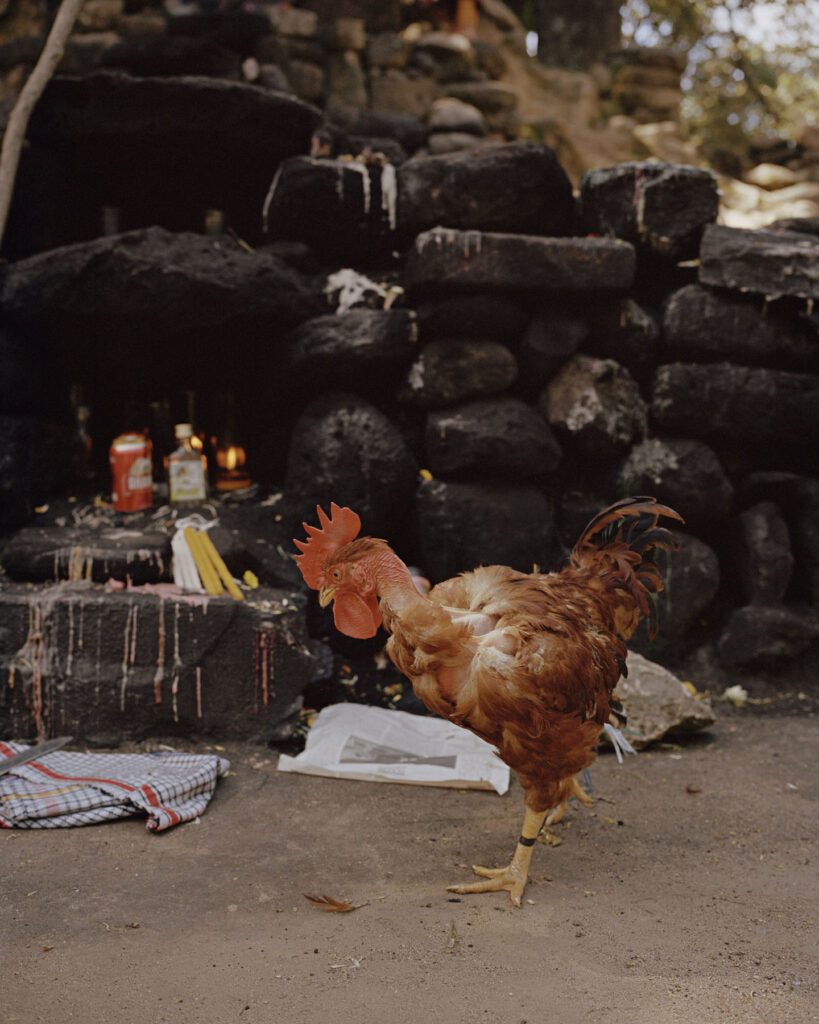
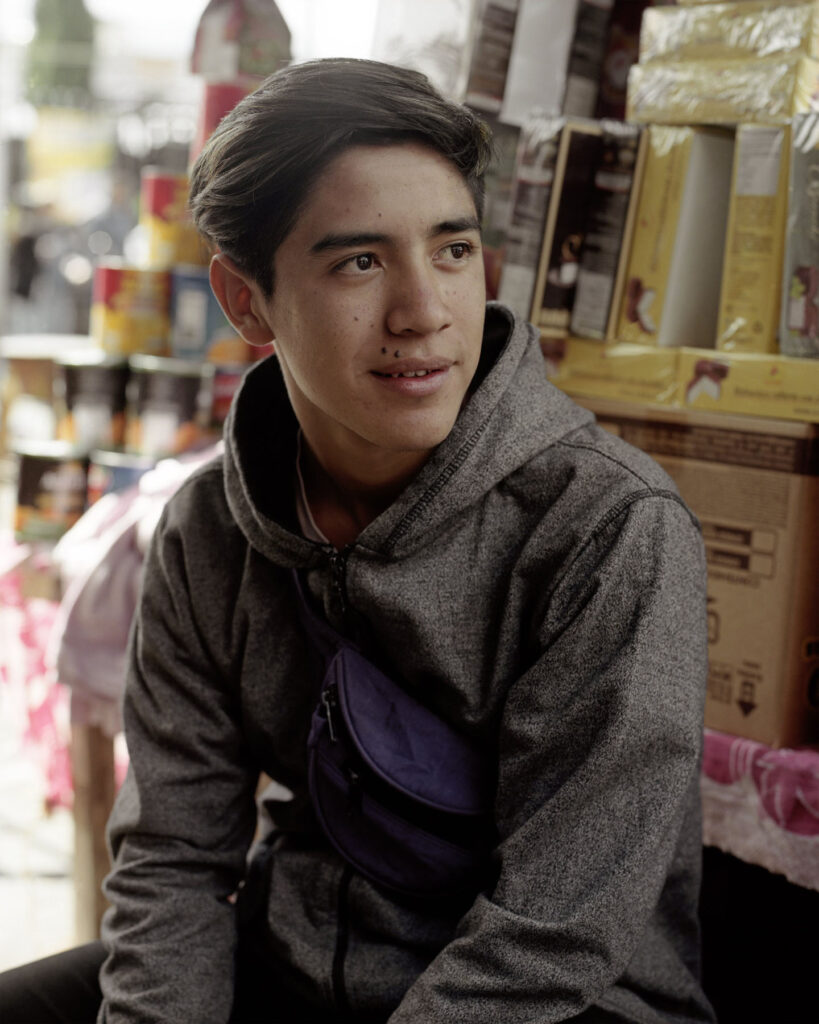
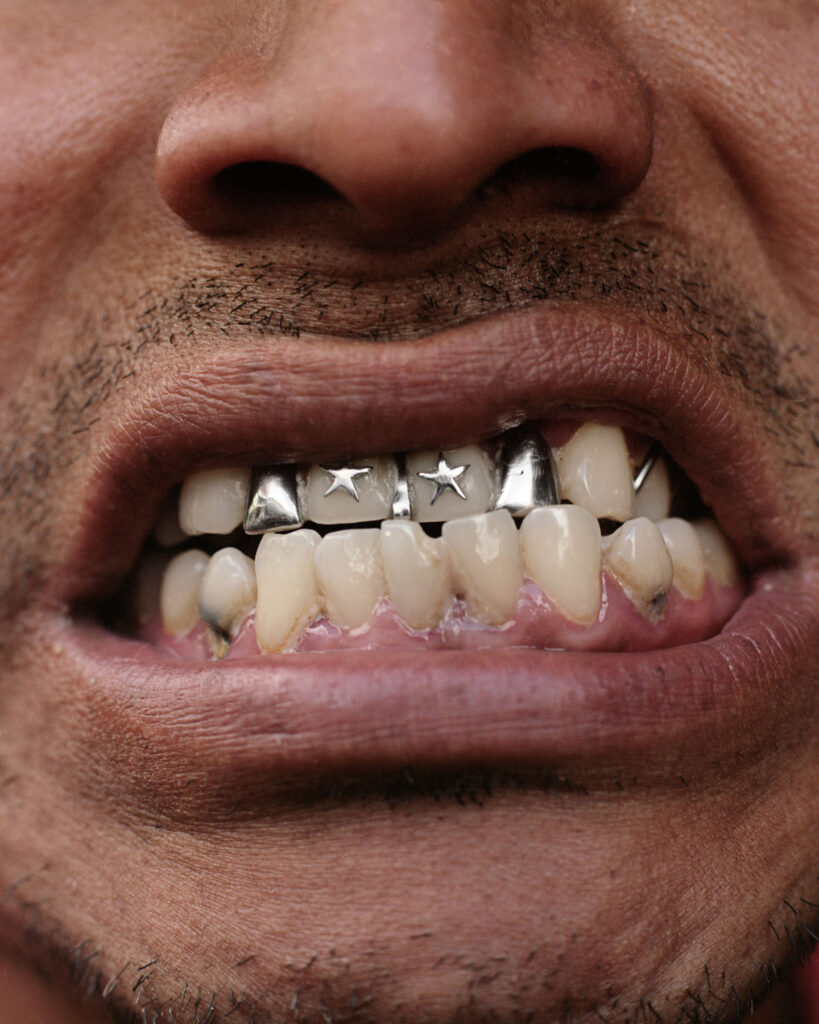
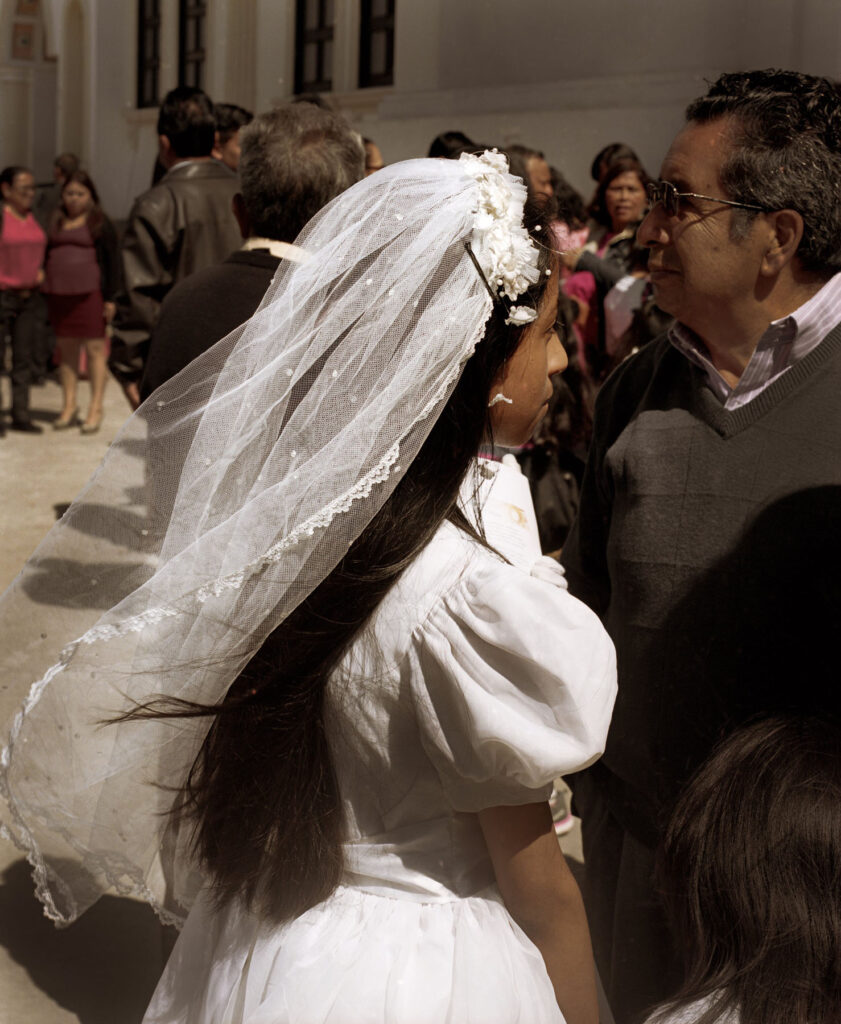
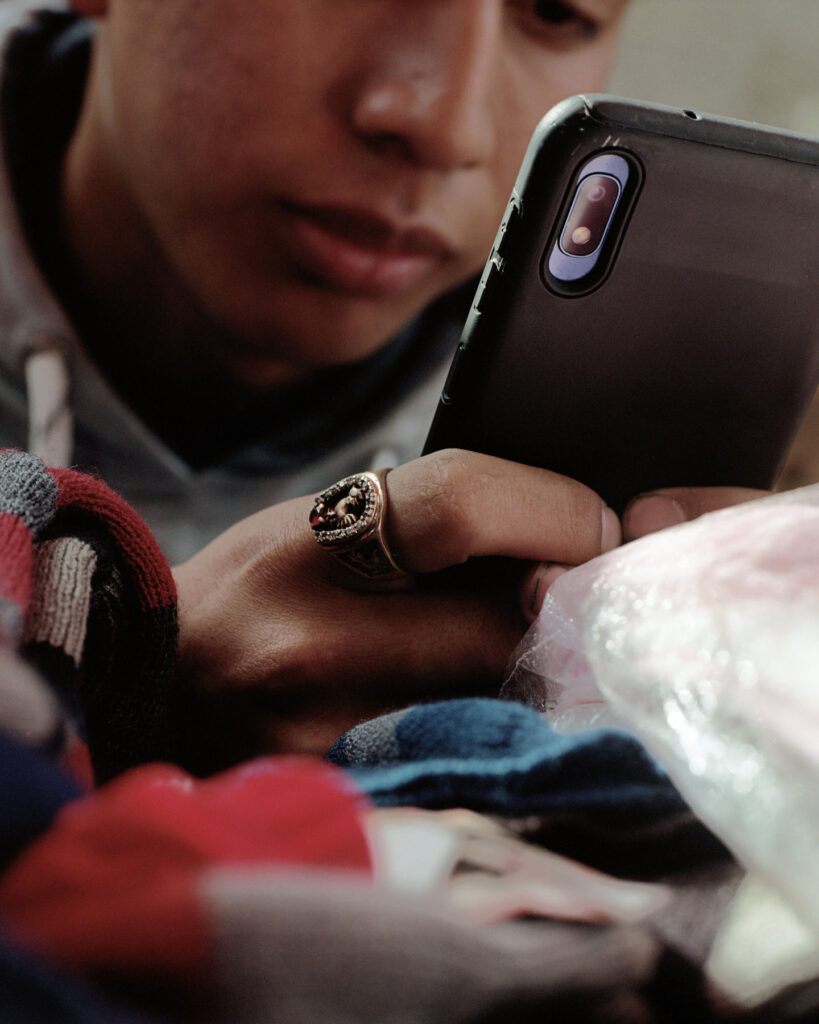
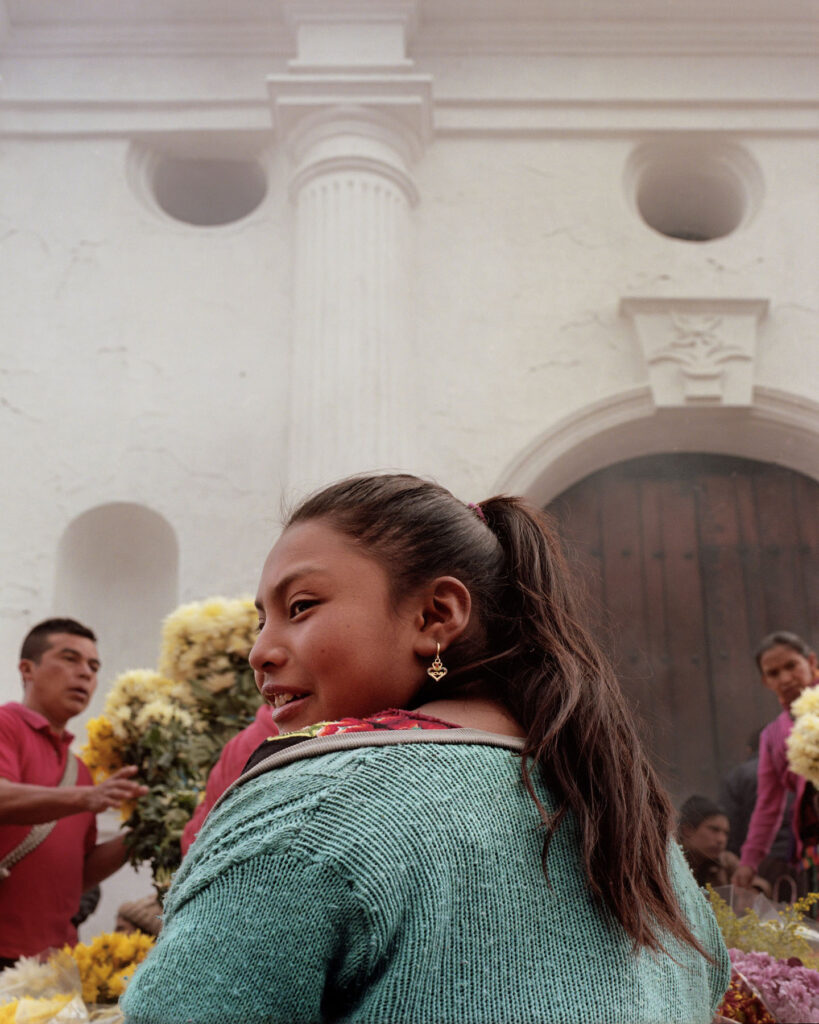

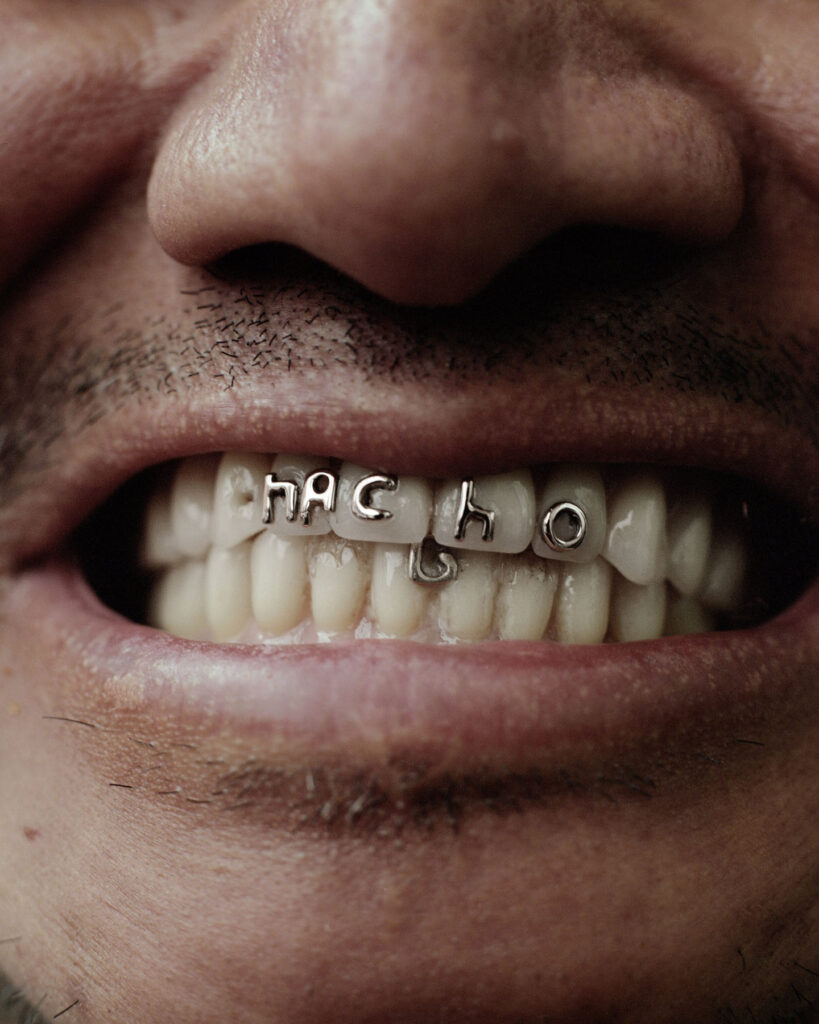
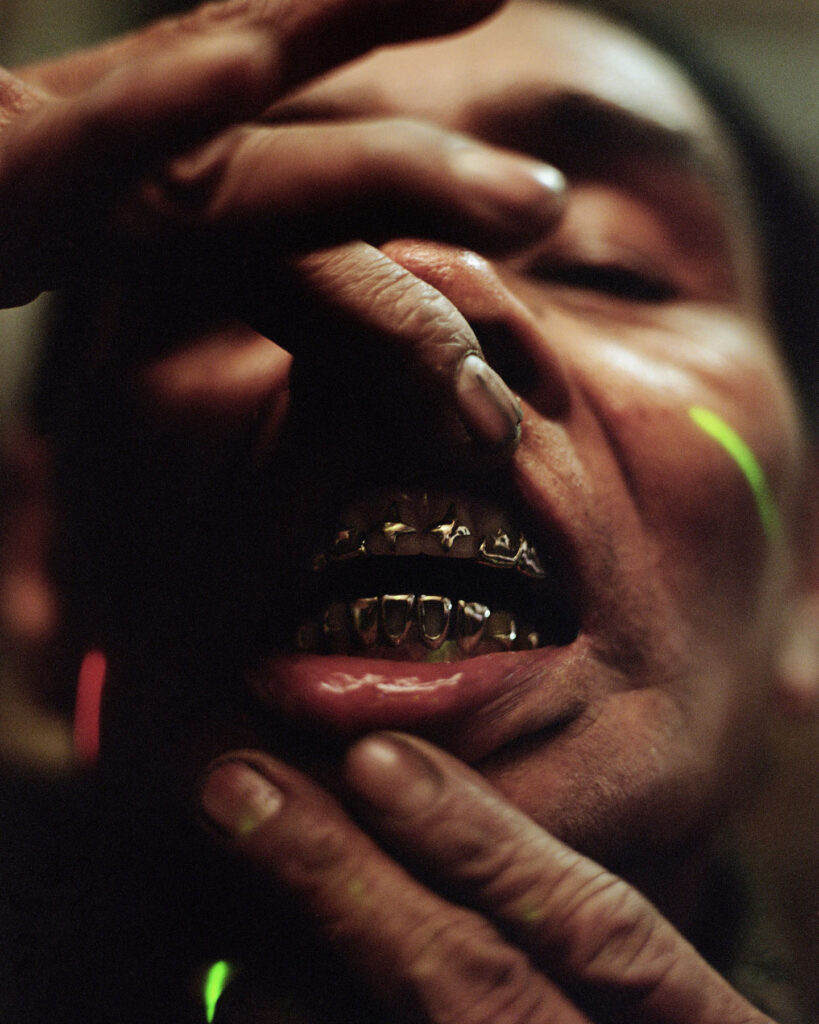
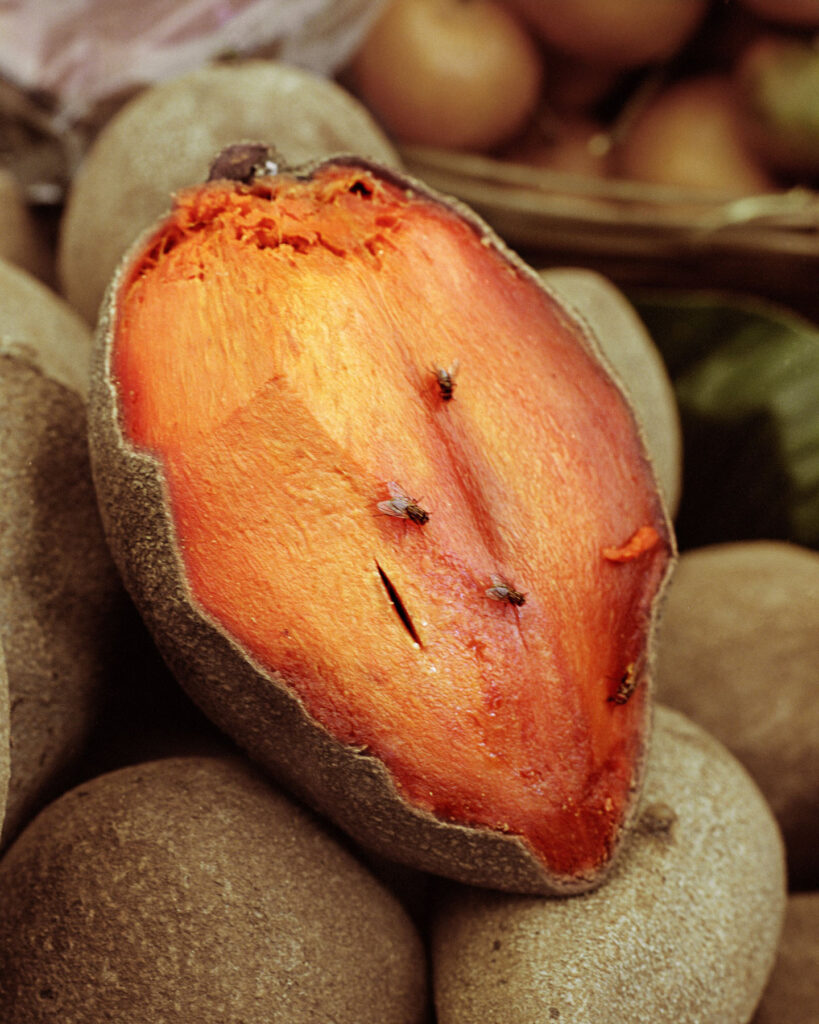
GUATEMALA CITY — After I finished shooting Tonatiuh, I needed to go back to the highlands and reach deeper into a new aesthetic developing up in the mountains, those densely populated towns are a vast source of images, images that document how the new generation understands their origins and are shifting to new trends, specially for their attire, their way of absorbing globalization and the genesis of a new “bourgeoise”. Gold is still very important, or at least the idea of it, my research is in progress and I’m fascinated with the extent these individuals would go to look opulent, to play the part.
The Guatemalan highlands define our identity in so many ways, I am fascinated by the beauty of the region but more than anything by its complex reality. Money sent from USA, Agriculture and Religion are probably the 3 most important pillars of the economy, it’s known that drug money is being laundered in many ways, and definitely thru those pillars, so I’m very carefully investigating and trying to understand how much of this boom is tied to illicit Cartel money.
This new body of work focuses on a new aesthetic, economics, globalization and the inevitable abandonment of very old practices that once defined us as a nation; as a territory.

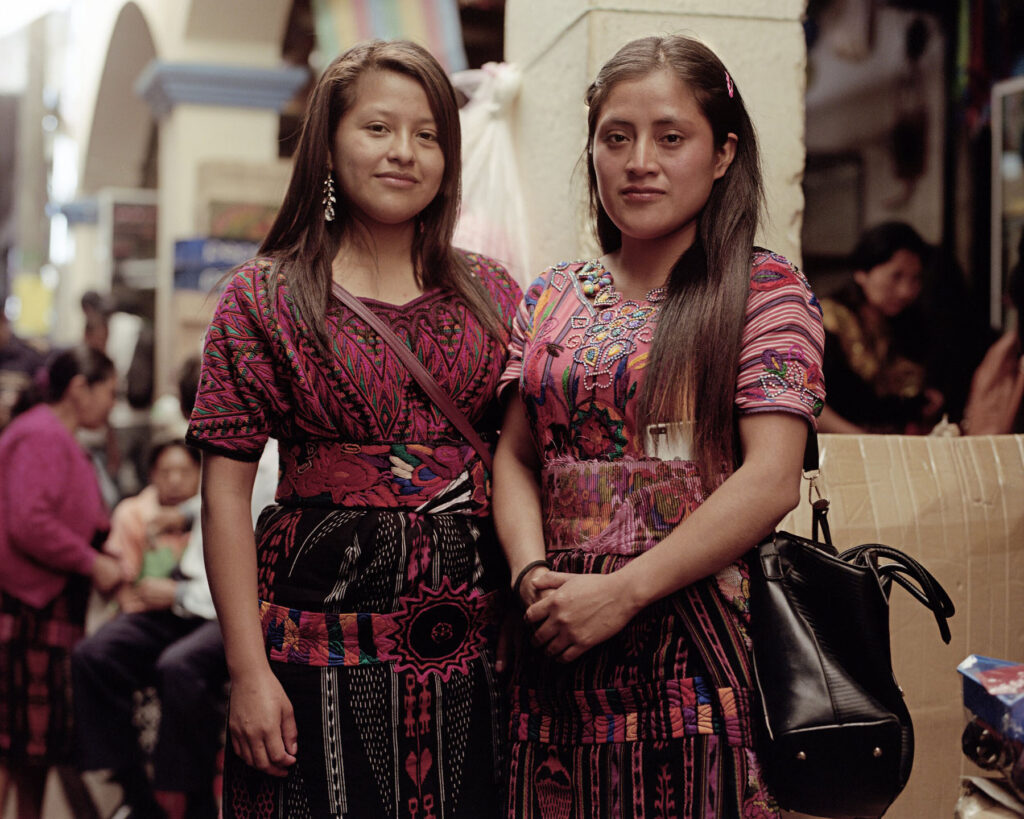
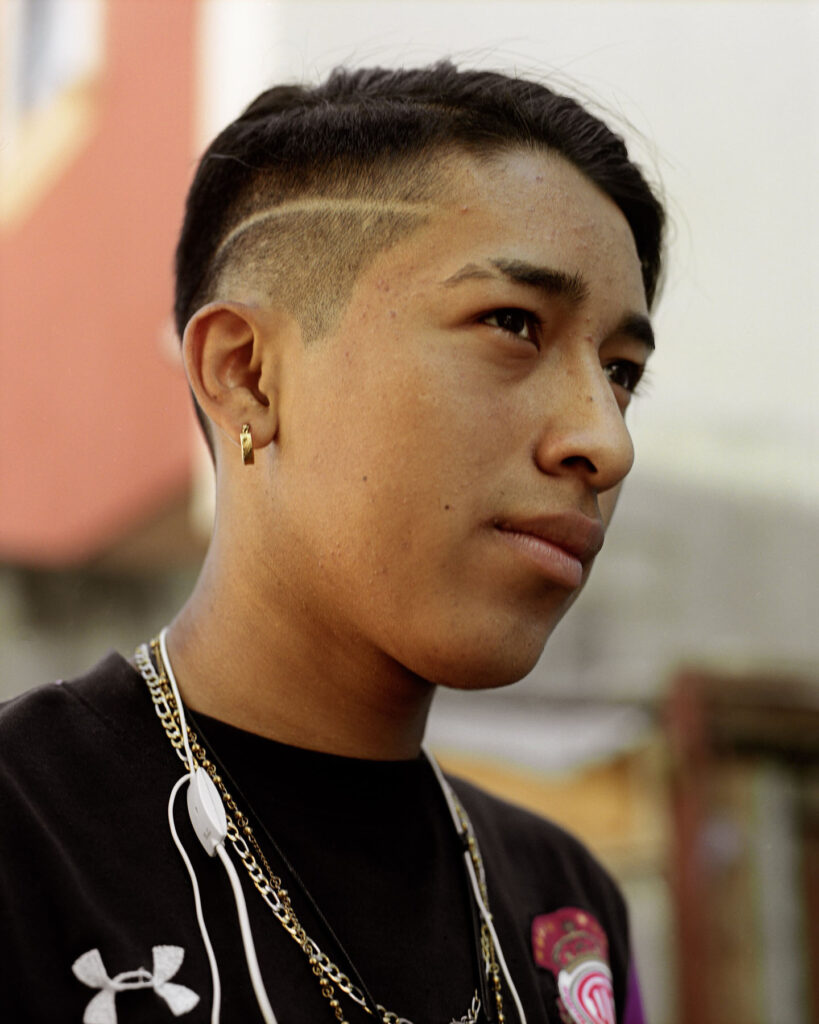
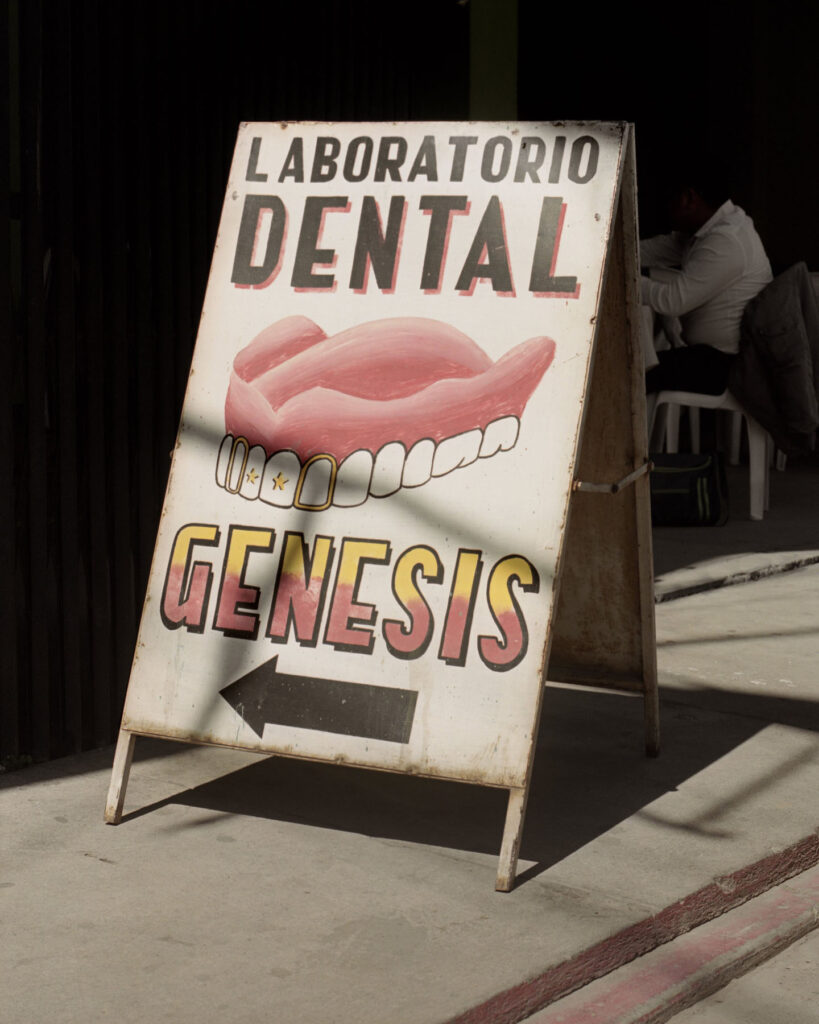

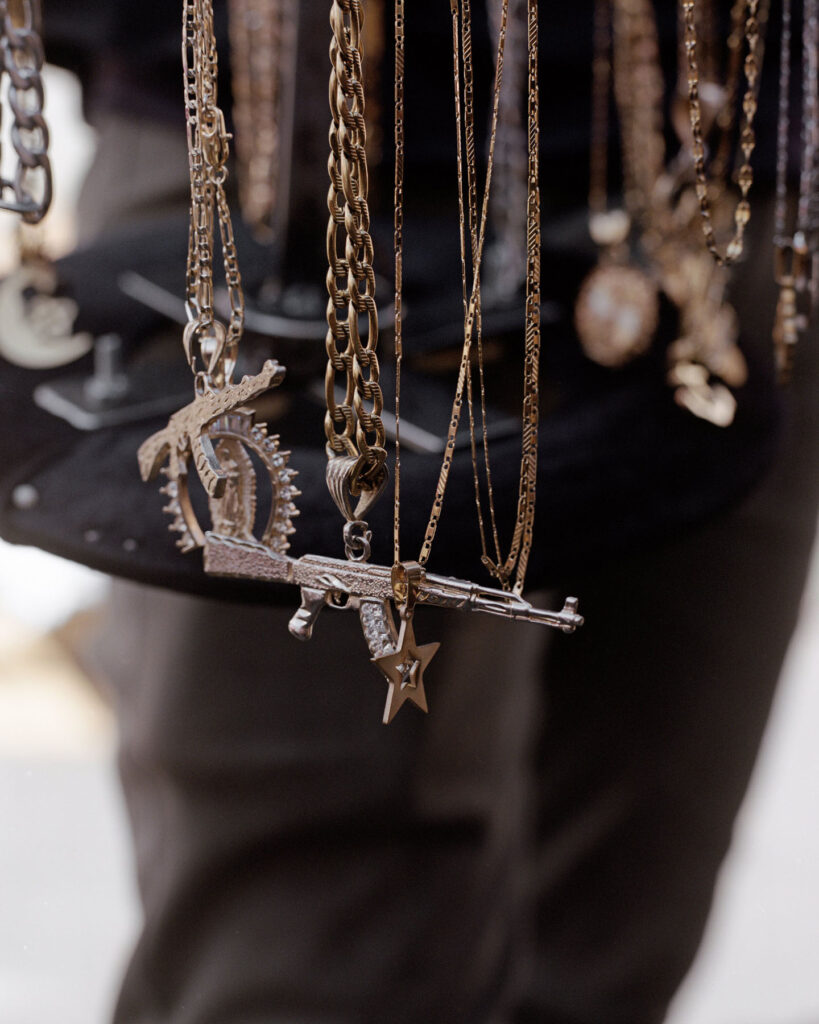
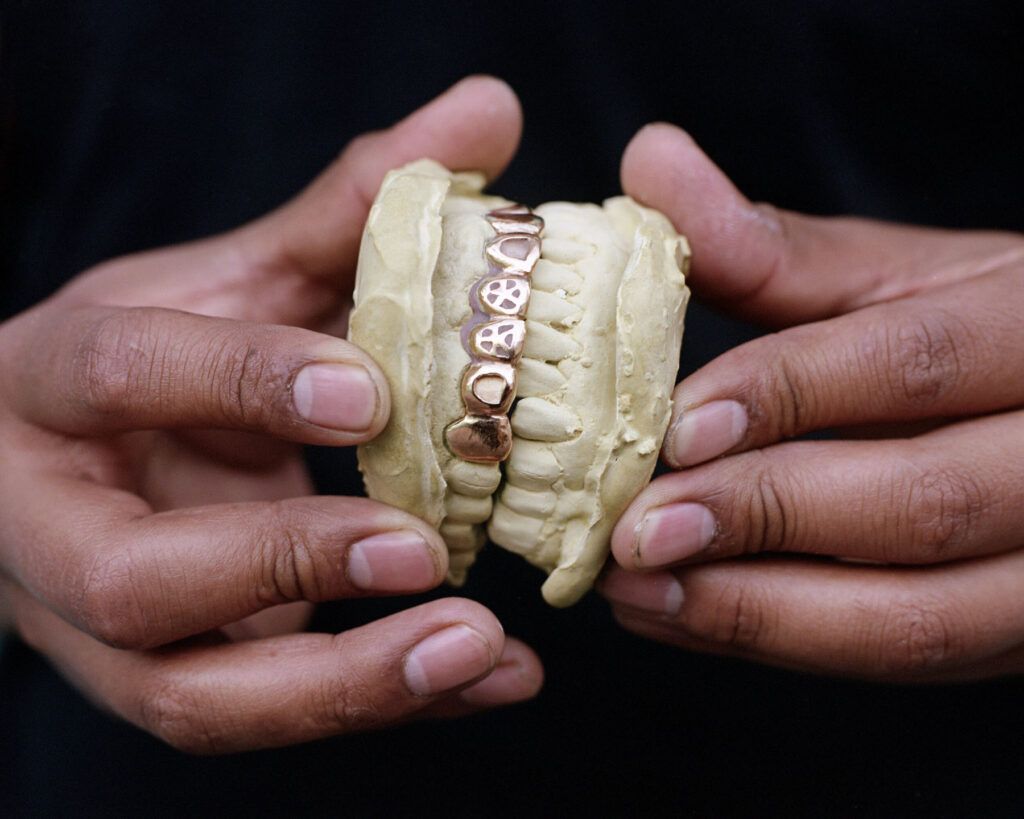
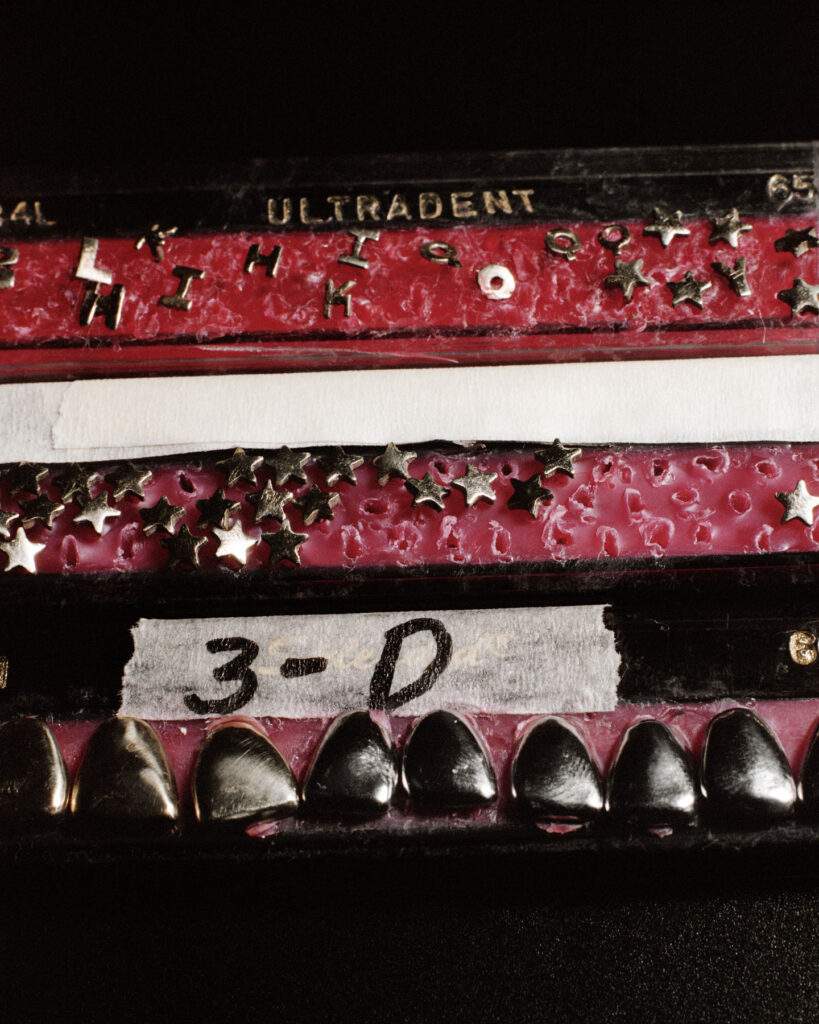
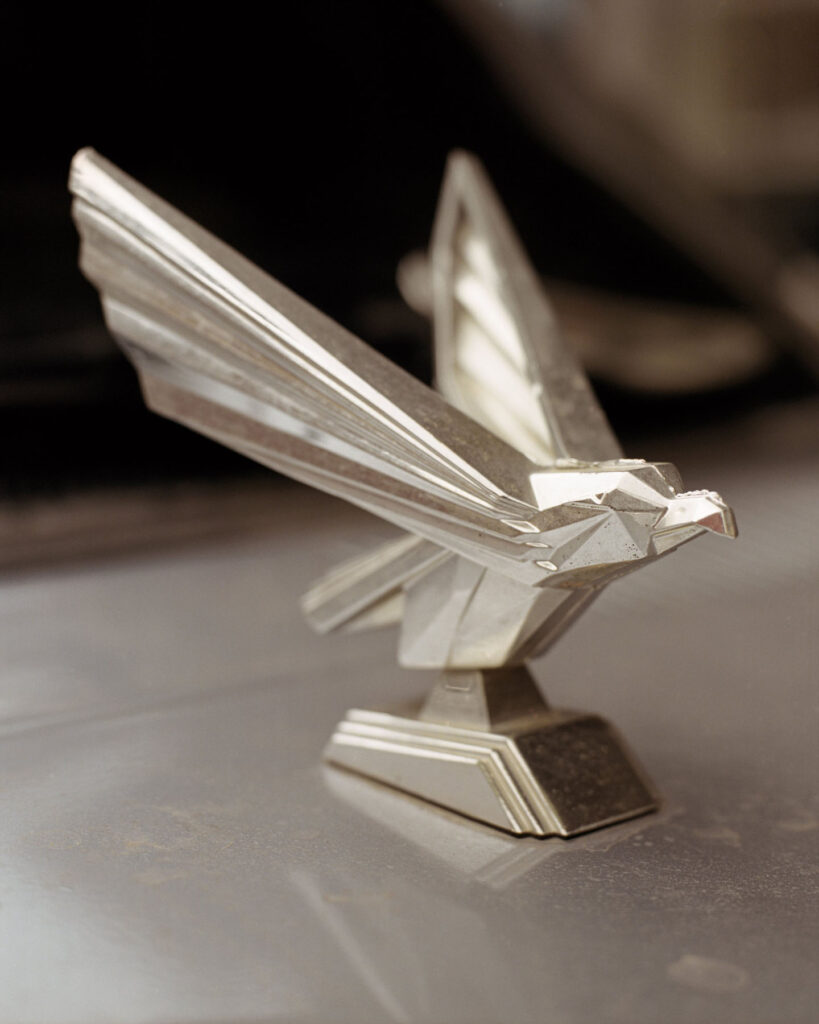
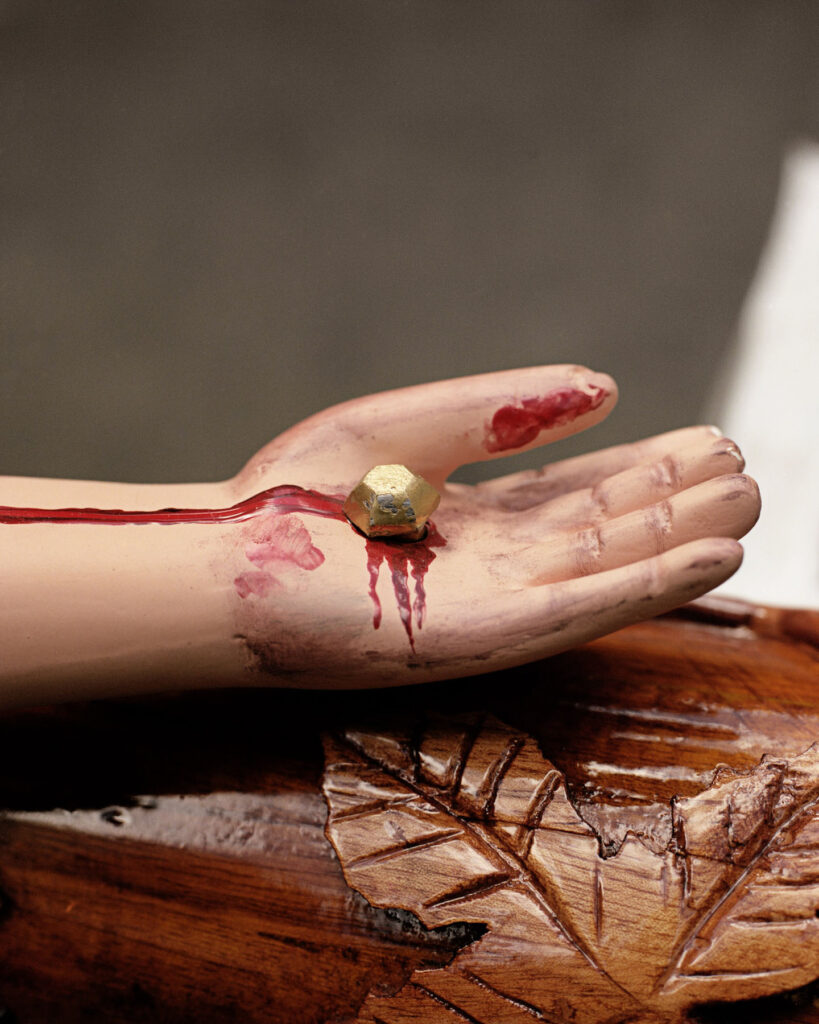
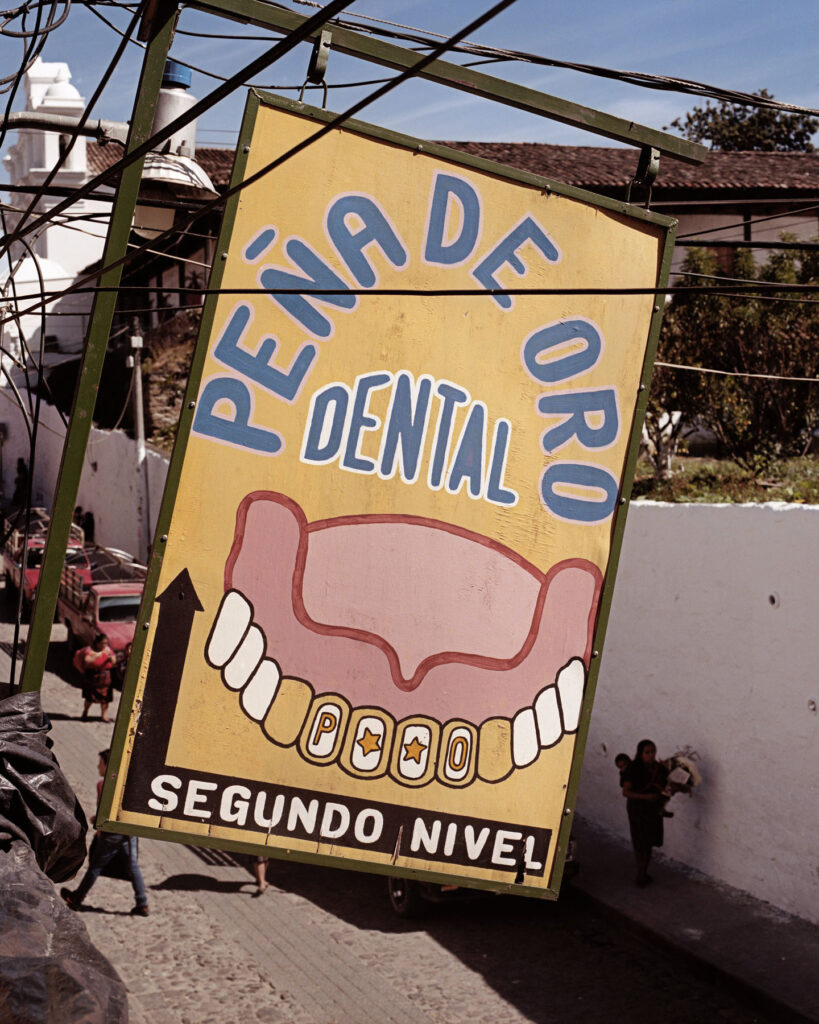
Photographer and independent art director, Juan Brenner lives and works in Guatemala City.
Between 1998 and 2008 works in New York as a fashion photographer, his images have been published in international magazines such as Nylon, People, Oyster, L’Uomo Vogue and Anthem among others.
He is a founding member of Proyectos Ultravioleta. In the middle of 2017 his project MACÚ (in collaboration with Byron Marmol) is curated in the book CLAP, 15 years of the best books of Latin American photography published by 10X10 Books in New York. His work is part of collections in Belgium, Japan, Australia, Italy, the United States, Colombia and Sweden, and his photographic publications (MACÚ 1, MACÚ 2 and Tetano) are part of the permanent library of the MOMA and the TATE collection.
Credits
www.instagram.com/juan_brenner
www.juanbrenner.com
photo JUAN BRENNER